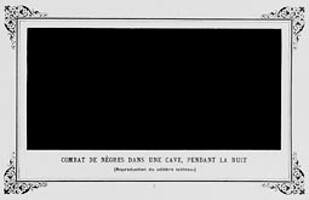Rita Renoir, stripteaseuse and intellectual
Rita Renoir was/is a French nude model, actress and ‘art’ stripteaseuse, known in Paris as the “tragedian of strippers.” She was mainly active in the 1950s, 1960s and 1970s along with an ‘elite’ of European stripteaseuses with exotic names as Lady Chinchilla, Rita Hymalaya, Rafa Temporel, Dodo d’Hamburg, Poupée la Rose, Bonita Super, Véronique, Truda, Lova Moor, Bettina Uranium, Sofia Palladium, and Rosa Fumetto.
Her first ‘serious’ work was with the happenings and mise-en-scènes of Jean-Jacques Lebel (Picasso‘s Le désir attrapé par la queue), and her first critical success was in the film Les Immortelles by Bourgeade. She also starred in Pierre Koralnik‘s film Cannabis.
She also worked with Michel Simon and starred in The Red Desert as Emilia.
She played herself in Sois belle et tais-toi.
Freddy de Vree wrote an article about her, so did Julio Cortazar (Homenaje a una joven bruja).
Any extra info is more than welcome.





